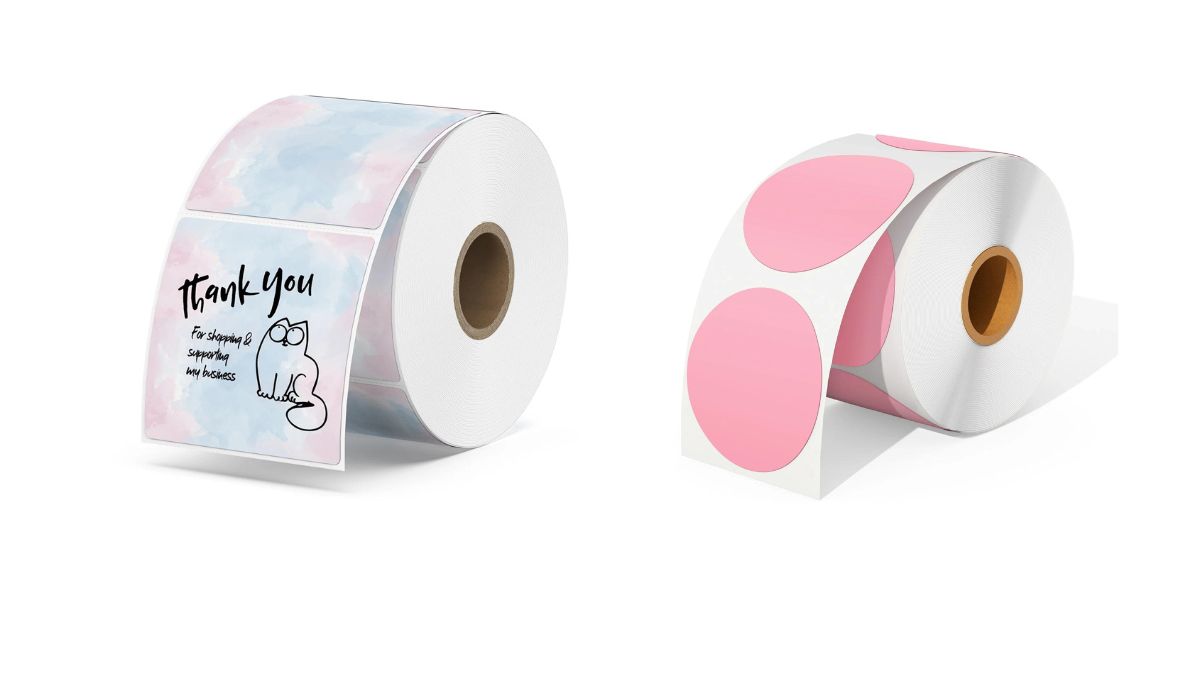Businesses face the growing difficulty of grasping and retaining customers’ attention in today’s rapid-fire, consumer-driven society. Due to the abundance of products and services in the marketplace, companies need to come up with creative approaches to stand out and engage their target audience. In order to accomplish this, personalization has become known as a potent tactic, and personalized thermal labels are one way it is making significant strides.
The Rise of Personalization in Consumer Engagement
The goal of customization is to cater circumstances, services, and goods to the interests and needs of specific customers. It is a response to consumers’ evolving expectations, who now demand to be regarded as distinctive individuals with specific preferences and tastes rather than just as faceless consumers. Personalized interactions break through the clutter of today’s information age and establish greater emotional connections between customers and brands.
Packaging and labeling are two areas where personalization has become more popular. Traditional one-size-fits-all labeling strategies are becoming less effective as consumers look for goods that fit their identities and lifestyles. Due to this, personalized thermal labels have emerged, giving companies a chance to increase consumer engagement and stand out from the competition in a competitive market.
The Power of Personalized Thermal Labels
Retail, food and beverage, logistics, healthcare, and other sectors utilize heat labels extensively. These labels, which are printed with thermal printers, are renowned for their dependability and affordability. Businesses may provide a wide range of chances to engage customers in fresh and new ways by incorporating customization into thermal labels.
1.Enhancing Brand Identity
The foundation of a brand’s relationship with customers is its identity. Businesses may display the character and values of their brand on a canvas using customized thermal labels. Label customizing enables firms to interact with customers directly and make a lasting impression by using distinctive patterns, colors, and even personalized messaging.
As an example, a craft brewer can design customized thermal labeling with each customer’s name or message for use on the labels of its beer bottles. Encouraging customers to post their customized bottles on social media not only forges a closer connection with them but also increases brand awareness and engagement.
2.Tailoring Offers and Promotions
Custom thermal labels allow for modified advertising and promotions. Businesses can develop labels that target particular consumer categories by utilizing the data and preferences of their customers. This tailored strategy makes sure that advertisements are timely and attractive to the intended market, boosting the possibility of conversions.
Imagine a coffee shop that publishes offers on its takeaway cups using personalized thermal labels that are based on a customer’s past purchases or preferences. This degree of personalization may motivate clients to come back for subsequent transactions, increasing client loyalty and retention
3. Embracing Seasonal and Special Occasion Themes
Vacation and special event themes have a significant impact on consumer behavior. Thanks to personalized thermal labels, businesses may alter their packaging and labeling to reflect the various holidays and seasons.
For their Halloween candy packaging, a chocolate company, for instance, may create unique thermal labels with spookily themed content. Customers are made to feel festive by such unique touches, which also connect the company to the event.
4.Storytelling and Product Information
Today’s consumers expect willingness and honesty from the brands they patronize. Personalized thermal labels can be used to disseminate information about the brand’s dedication to sustainability or social causes, as well as product stories and ingredient details.
For instance, a food producer can print QR codes on customized thermal labels that connect to a webpage with comprehensive details on the product’s source, production, and certifications. This level of openness encourages closer relationships with customers that value moral and environmentally friendly behavior
5.Interactive and Augmented Reality Labels
Technology developments have made it possible to incorporate augmented reality (AR) and interactive components into thermal labels. Businesses can give customers engaging experiences by using scannable features like QR codes, NFC tags, or other scannable media.
For instance, a fashion retailer could utilize customized thermal labels with scannable QR codes to bring visitors to virtual changing rooms where they may use augmented reality (AR) to “try on” various clothes. Customers are engaged by this dynamic experience, which also increases both online and offline sales.
6.Loyalty and Rewards Programs
A crucial part that personalized thermal labels can play in loyalty and rewards schemes is. Labels can be printed with QR codes or other distinctive identifiers that customers can scan or enter on a specific website to gain access to loyalty points, awards, or special deals.
For perishable products, a grocery store can offer customized thermal labels with QR codes that consumers can scan at the register to earn rewards like loyalty points or savings for their subsequent purchases. This enhances the bond between the brand and the customer as well as encouraging repeat business.
Challenges and Considerations
While personalized thermal labels present fascinating chances for customer interaction, companies must also be aware of potential difficulties and factors:
Data Privacy and Security
Personalization depends on customer data; thus, in order to earn customers’ trust, firms must place a high priority on data privacy and security. To protect consumer information, effective data protection procedures must be implemented.
Design and Production Complexity
Scalable production capabilities and effective design procedures are needed to produce personalized thermal labels. In order to produce personalized labels without sacrificing quality or turnaround time, businesses must make the appropriate technological and operational investments.
Integration with Technology
Businesses must combine personalized thermal labels with digital technologies like CRM platforms, loyalty programs, and data analytics tools in order to fully realize the potential of these labels. The execution and evaluation of individualized marketing campaigns are made effortless by this connection.











